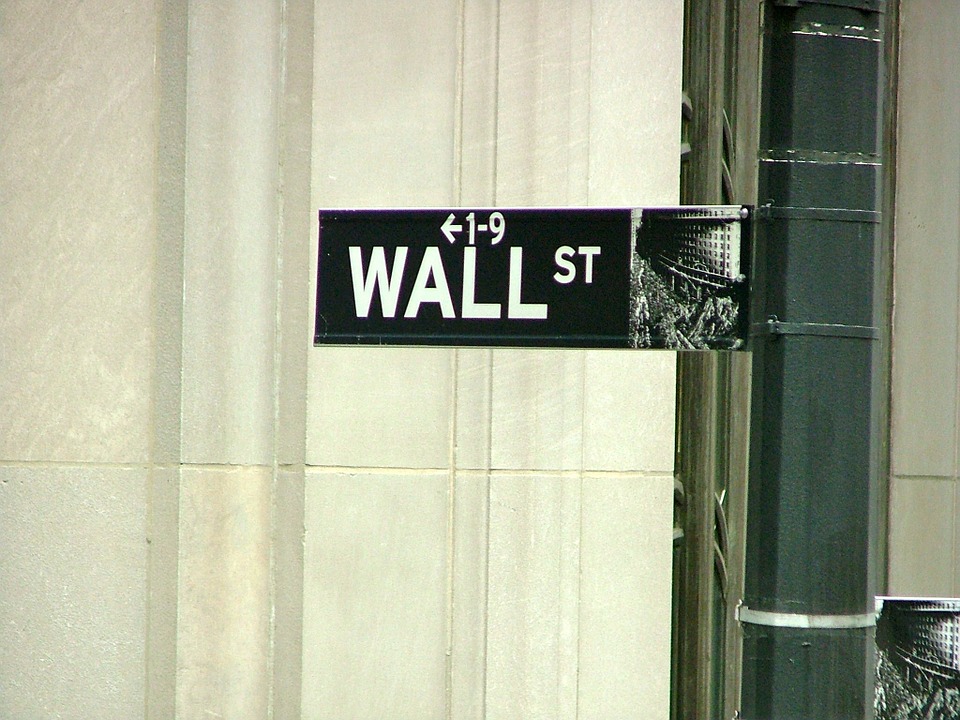There is a lot of talk about various markets being at or near their all-time highs, but I do not believe that it necessarily follows that all shares are over-priced as a result. With that belief (and hope) in mind, I added a few more JP Morgan shares at a shade over $60 last week.
I have written about JPM before so won’t go into detail again, but one of its more tantalising appeals is its dividend paying potential. The upcoming quarterly dividend (due next month) is .40c and, adding this to the dividends paid for the previous three quarters, gives us $1.56 for a pleasant current yield of 2.55%. Using last year’s earnings of $4.35 indicates that the current payout ratio is about 35%, but if earnings jump (as the pundits predict) to $5.50, then the payout ratio is a fairly stingy 28%. Yahoo Finance tells us that the current analyst estimates are for growth of 5% for the next five years and so assuming the dividend at least keeps pace with this and the payout ratio increases it is not too difficult to envisage some solid dividend growth in the years to come.
But there are a couple of other potential kickers for this investment that appeal to me. Firstly, if interest rates do eventually increase, then JP Morgan should benefit in the form of better net interest margins. Analysts at Sanford C. Bernstein confirm that JP Morgan is “substantially positively exposed” to higher rates, but this is a point that was expressly made by Jamie Dimon himself in his most recent letter to shareholders:
If interest rates rise to the normalized scenario that I described earlier, our net interest margins could expand 2.2%-2.7%, increasing our net interest income and profits by approximately $6 billion after-tax, all things being equal. This, of course, would take place over three to five years and not in a straight line.
This scenario involves short-term rates of 3% to 4% and 10-years yielding only about 5%, and so it is hardly an heroic assumption that is required. It will be nice to have something in my portfolio that won’t groan and recoil when rates do begin to move up.
Secondly, due to the understandably heightened post-crisis regulation, banks’ equity buffers are much higher and their profitability much reduced in this new cautious world. While solidity is admirable, the market isn’t so enamoured and the multiples these mighty institutions sell at have been reduced accordingly—for example, JPM’s Price/Book was 1.4 in 2006 against 1.1 today and its forward P/E is currently only 10.3. I hope that, in time, if the regulatory reins are not loosened or the synergies that were used to justify the super-bank model (cross-selling) do not improve, then the calls to break-up these Goliaths will become louder. Eventually they will be broken up, the juice will be set loose and shareholders will benefit in the form of better multiples for the individual components. For example, analyst Mike Mayo has consistently argued that JP Morgan’s asset management business would command a multiple of 17, were it to be a standalone business (the Asset Management division contributed about 16% to 2013’s net revenues).
Of course, neither of the above scenarios may play out for a number of years, but in the meantime there is that increasing dividend as compensation. I try to think long-term when I invest in something and the future for JP Morgan does look to have plenty of potential. We shall see.
Disclosure: Long JPM.
Disclaimer: This post is not a recommendation to either buy or sell. Please consult your investment advisor.
